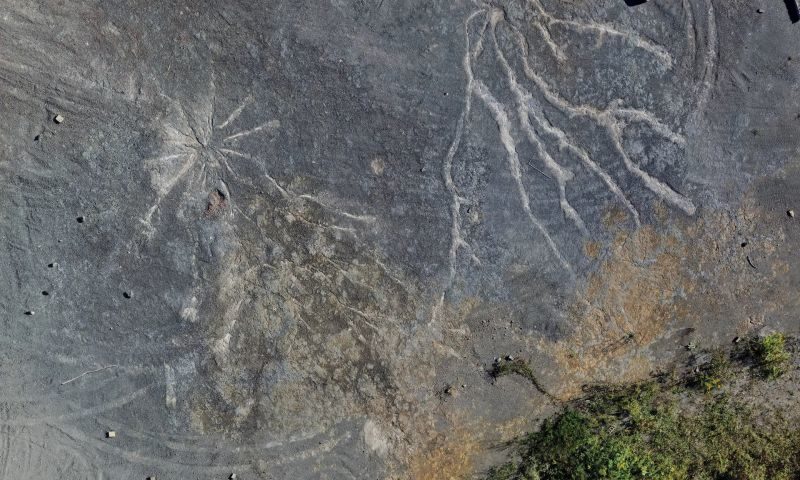
The forest, found in the town of Cairo, would have spanned from New York to Pennsylvania and beyond, and has been dated to about 386m years old. It is one of only three known fossil forests dating to this period and about 2-3m years older than the previously oldest known fossil forest at Gilboa, also in New York state.
"These fossil forests are extremely rare," said Chris Berry from Cardiff University's School of Earth and Ocean Sciences. "To really understand how trees began to draw down carbon dioxide from the atmosphere, we need to understand the ecology and habitats of the very earliest forests."
The forest would have been quite open and its ancient trees would appear alien to the modern eye. A walker would have encountered clusters of Cladoxylopsid, a 10m-tall leafless tree with a swollen base, short branches resembling sticks of celery and shallow, ribbon-like roots. The fossils also revealed a tree called Archaeopteris, something like a pine, but instead of needles the branches and trunk were adorned with fern-like fronds, giving it an almost hairy appearance. "It's not something we can immediately recognise as a modern tree," said Berry.

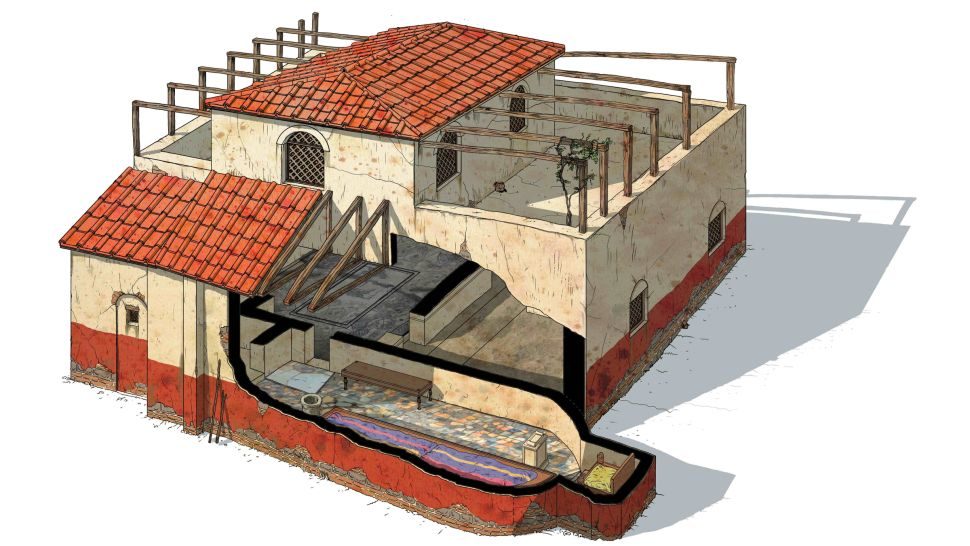
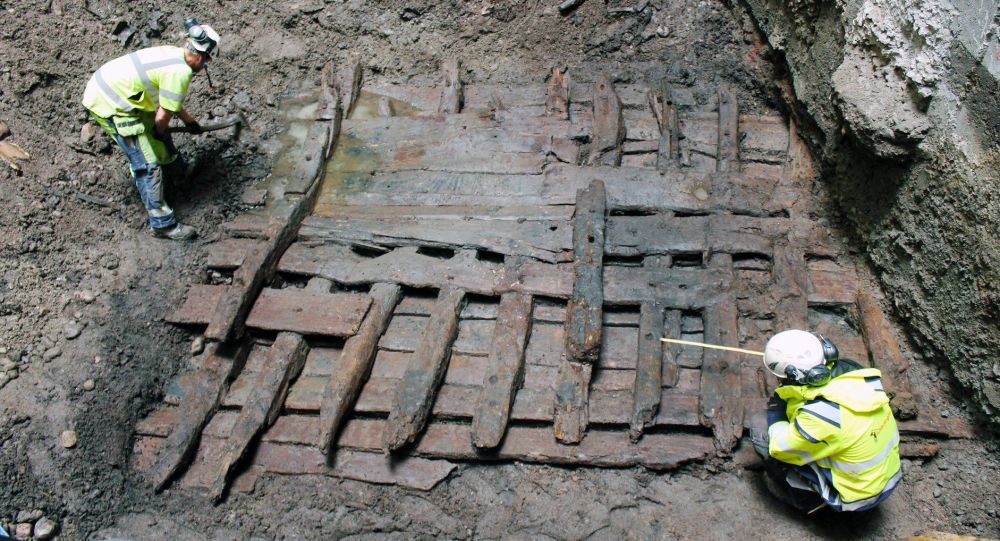
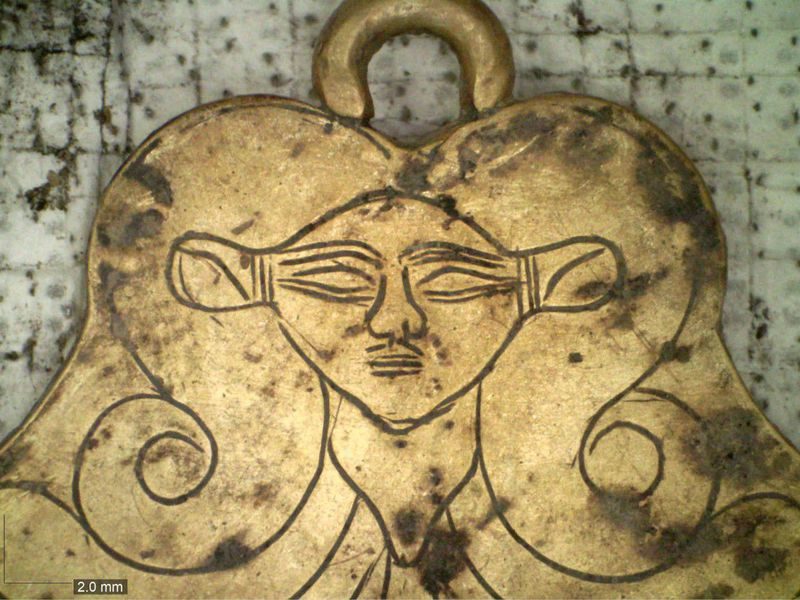

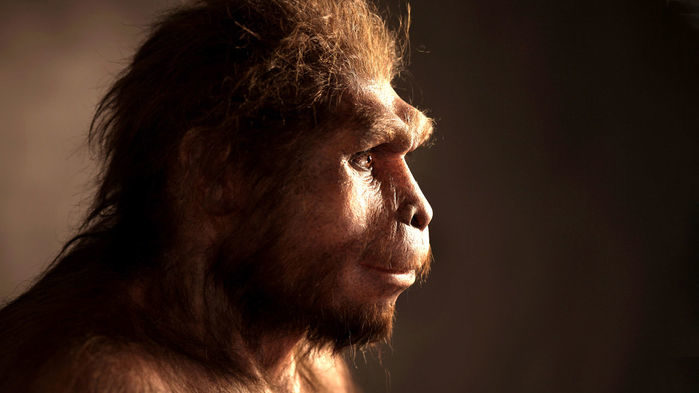

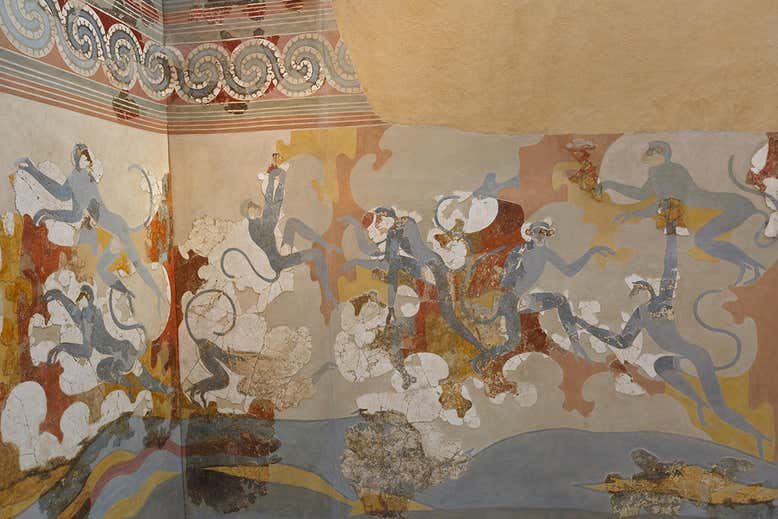
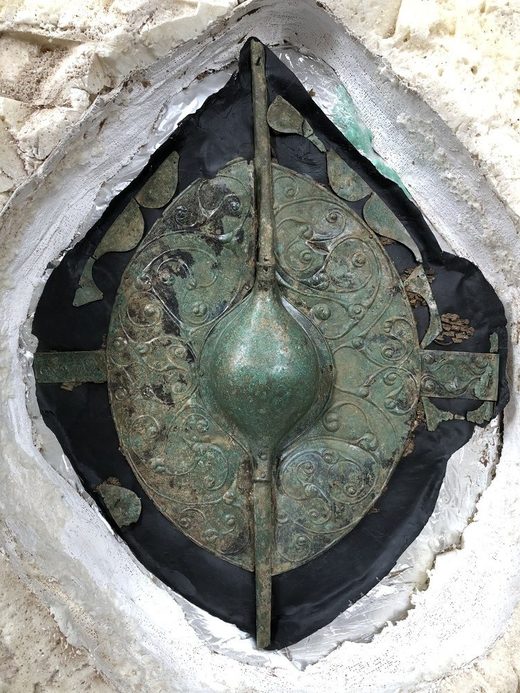



Comment: As more and more artifacts come to light through new excavations and discoveries, we get a better perspective and a clearer picture of the relations of the people of those times. The ancient world appears to have been way more connected than previously thought: